Botox in the Dental Office
How much do you know about the use of botox in the dental setting?

Using Botox in Clinical Dental Practice
Botulinum toxin type A (BoNT-A) injection has many uses in the dental arena. It is not only effective, but safe, minimally invasive, and exerts few negative side effects. How much do you know about the use of botox in the dental setting?
Photo Credit: ayo888/ISTOCK/GETTY IMAGES PLUS

Therapeutic vs Cosmetic Use
While most commonly known for its cosmetic use as a wrinkle reducer, BoNT-A is quickly growing in popularity as a therapeutic treatment option for many medical and dental issues related to muscle hyperactivity. In dentistry, a large number of muscle-generated issues require professional attention, such as hypersalivation, bruxism, masseteric hypertrophy, temporomandibular joint disorder (TMD), dysphagia, and oromandibular dystonia (OMD).
Photo Credit: ValuaVitaly/ISTOCK/GETTY IMAGES PLUS
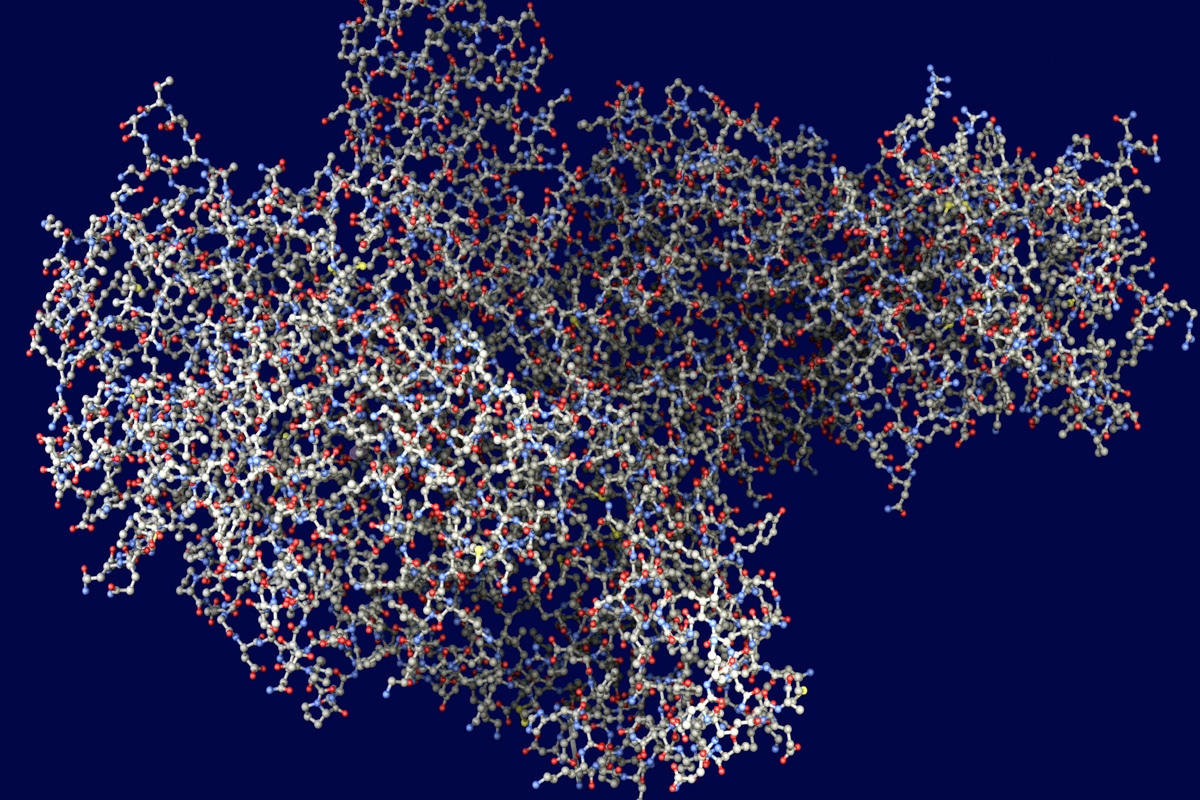
Muscle Contractions
BoNT-A is a protein produced by the bacterium Clostridium botulinum and may be found naturally in expired or spoiled foods. Depending on the concentration, injection of BoNT-A can temporarily reduce or eliminate the intensity of muscle contractions. Over about 3 months, the muscles slowly return to normal contractions and further injections are necessary to maintain the effects.
Photo Credit: theasis/E+

Benefits of Botox
BoNT-A is approved by the United States Food and Drug Administration for a number of therapeutic uses, such as overactive bladder, chronic migraines, severe neck spasms, hyperhidrosis (excessive sweating), and strabismus. It has also been prescribed for off-label uses, such as depression, atrial fibrillation, and cleft lip scars. In dentistry, BoNT-A is used to treat hypersalivation, bruxism and masseteric hypertrophy, TMD, dysphagia, and OMD. These issues commonly appear in those with neuromuscular disorders.
Photo Credit: Naked King/ISTOCK/GETTY IMAGES PLUS

Treatment for Hypersalivation
BoNT-A is another less invasive option to treat hypersalivation. Injection of BoNT-A into the submandibular gland and/or parotid gland is used to reduce drooling and salivary buildup in patients with neuromuscular diseases, such as Parkinson’s disease and cerebral palsy. Patients with these conditions typically cannot adequately swallow their saliva.
Photo Credit: vpopovic/E+
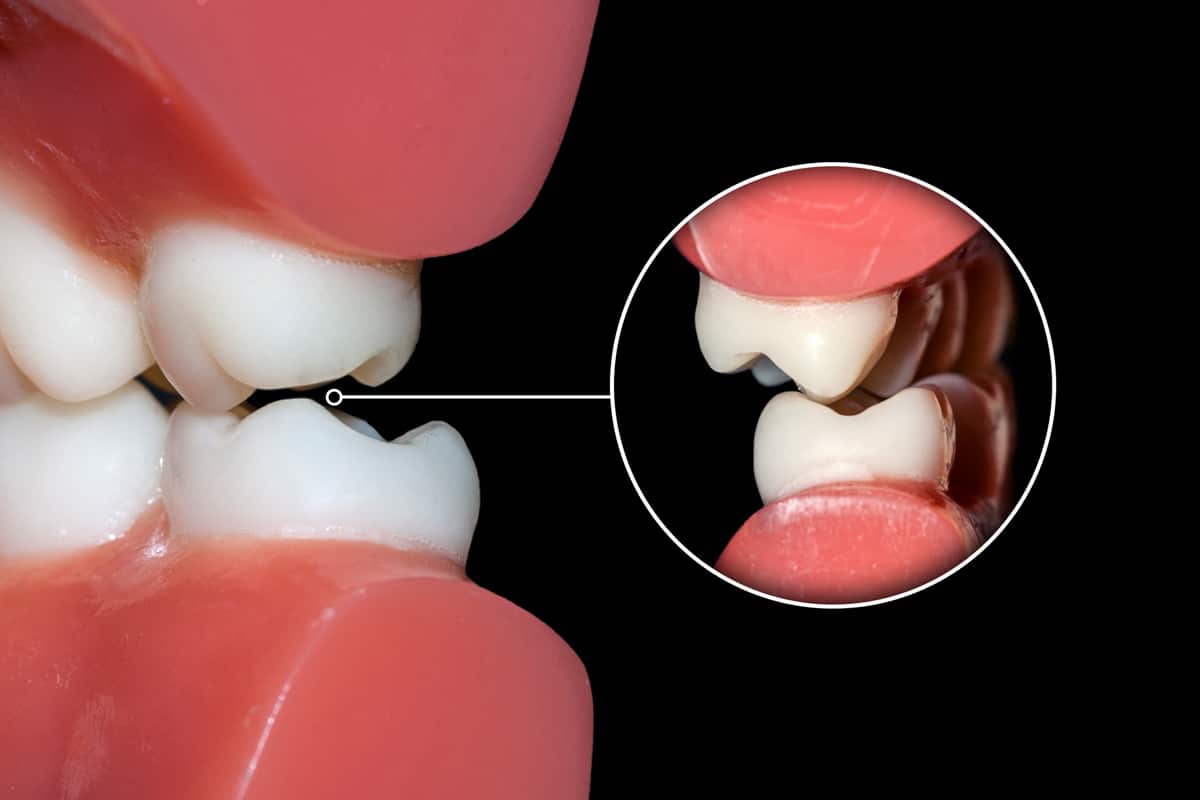
Relief from Bruxism
Research suggests that injection of BoNT-A into the temporal and masseter muscles to treat severe bruxism may relieve pain and muscle tension in a variety of patients, including those with neurological disorders—such as Rett syndrome, intellectual disability, anoxic encephalopathy, cerebellar hemorrhage, autism, attention-deficit/hyperactivity disorder, and traumatic brain injuries—without significant negative side effects.
Photo Credit: mkarco/ISTOCK/GETTY IMAGES PLUS
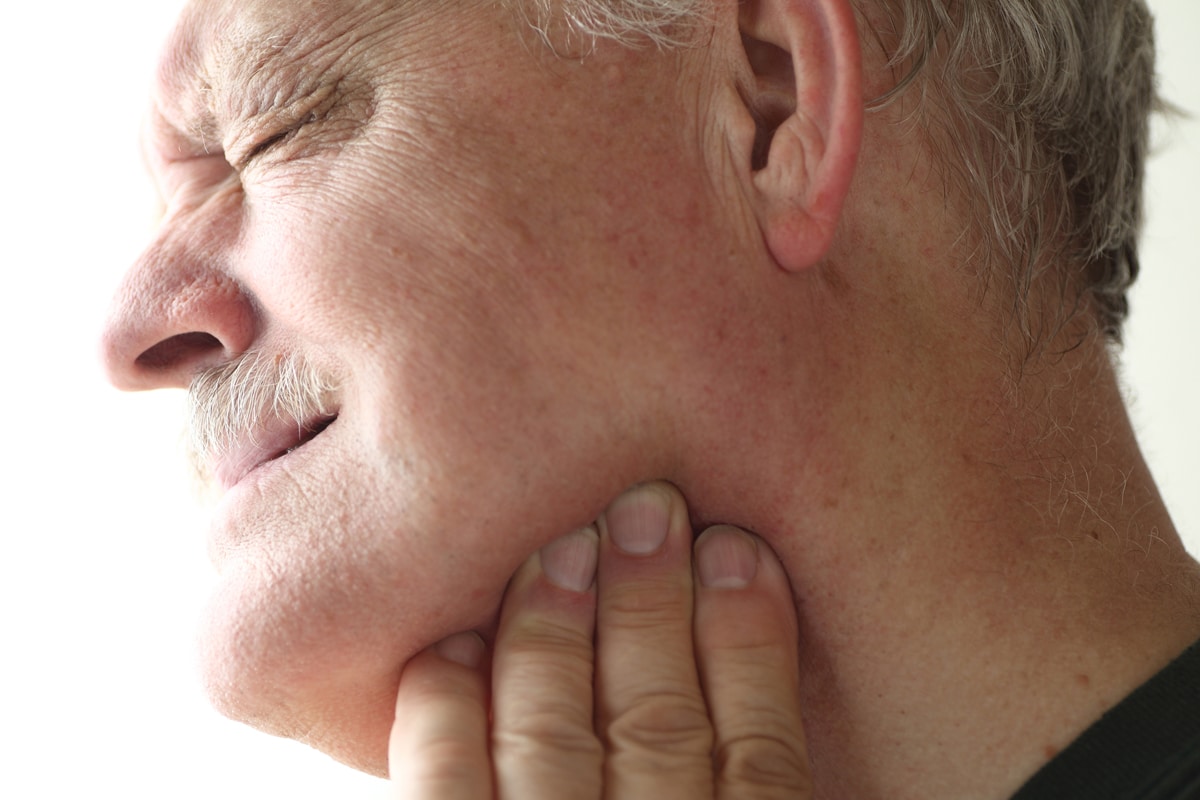
Addressing Diseases of Mastication
One of the most frequent causes of TMD is bruxism. Treatment options for TMD are occlusal mouthguards, muscle relaxants, oral pharmacotherapy, and biofeedback. Studies suggest that the injection of BoNT-A may be more successful, longstanding, less invasive, and produce fewer side effects compared with traditional treatments.
Photo Credit: nebari/ISTOCK/GETTY IMAGES PLUS
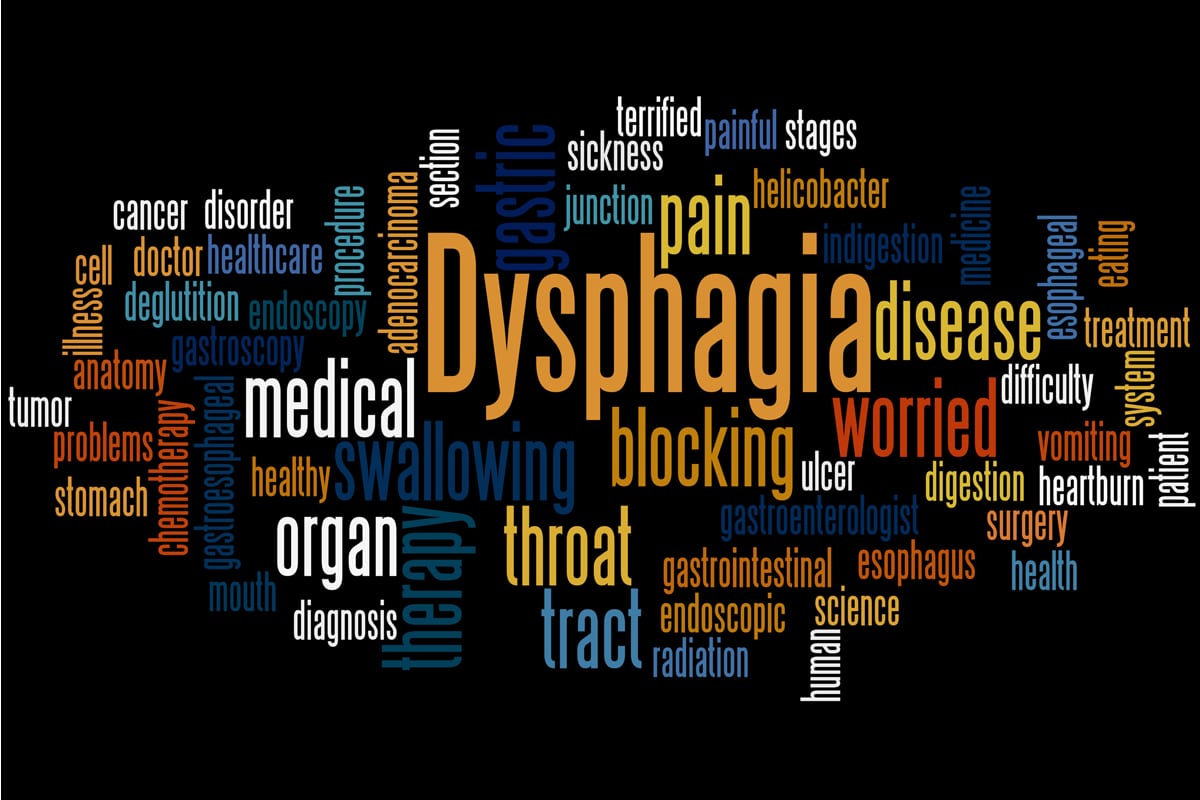
Help for Dysphagia
Patients with muscular mobility issues may not have proper function of their esophageal muscles, resulting in low dysphagia. The use of BoNT-A as a treatment option may increase a patient’s independence in feeding, aid in the swallowing of saliva, and decrease drooling. BoNT-A injection into the cricopharyngeus muscle is effective in patients with underlying muscle spasm or hypertonicity to support swallowing.
Photo Credit: eyjafjallajokull/ISTOCK/GETTY IMAGES PLUS
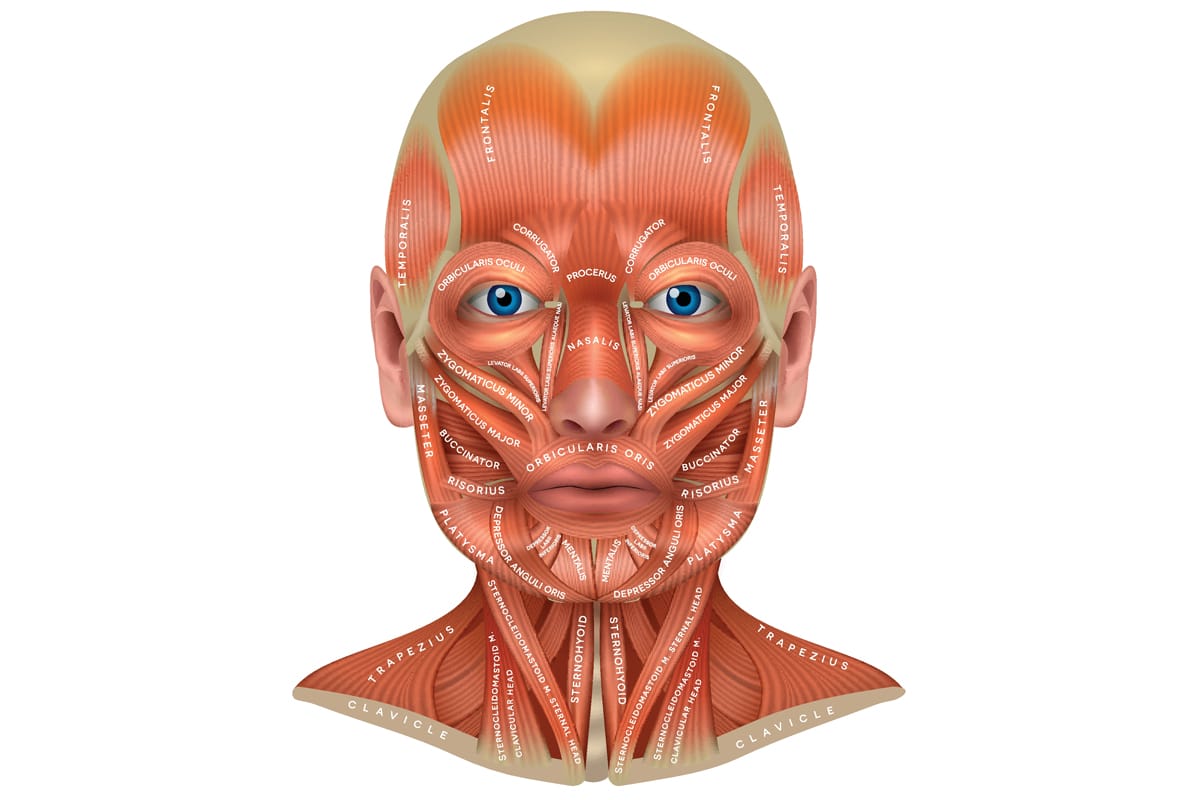
Oromandibular Dystonia
OMD describes involuntary and repetitive spasms of varying intensities that affect the masticatory, lingual, facial, lip, and pharyngeal muscles. Intramuscular injections of BoNT-A are an effective treatment option for patients with OMD and are reported to have high success rates of 90% to 95%.
Photo Credit: TefiM/ISTOCK/GETTY IMAGES PLUS
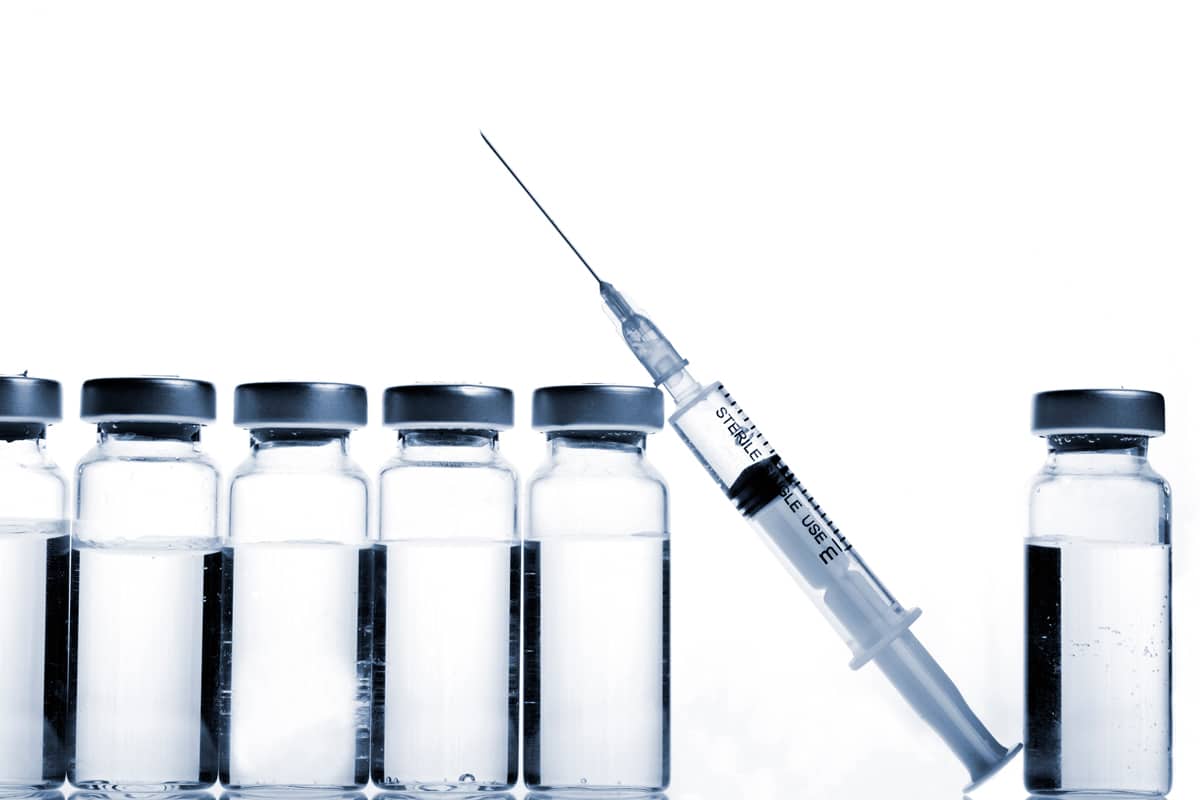
Downside
BoNT-A’s most significant limitation is that it wears off over time. Depending on the amount injected and the injection site, the effects of BoNT-A may last anywhere from 3 months to 5 months. In addition, masticatory function may be inhibited for a short time immediately after the injection is administered.

